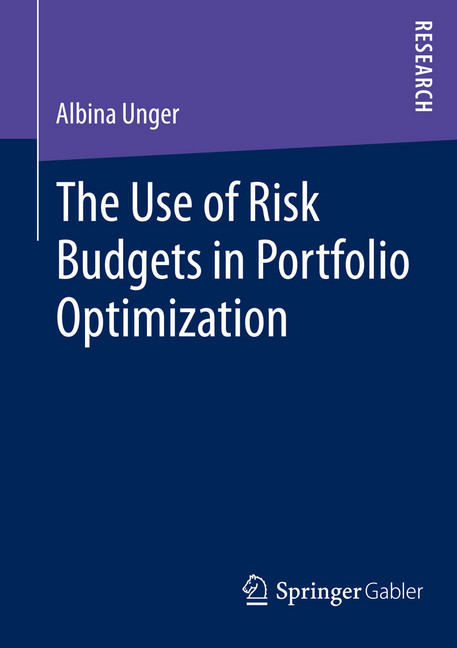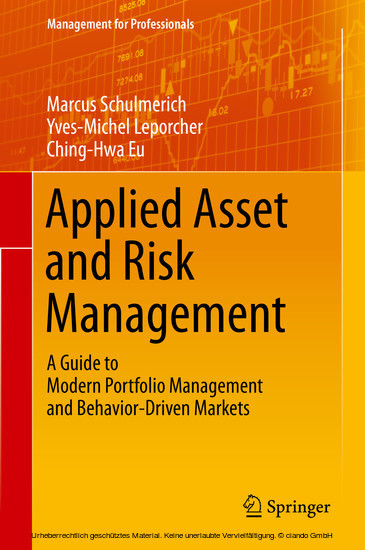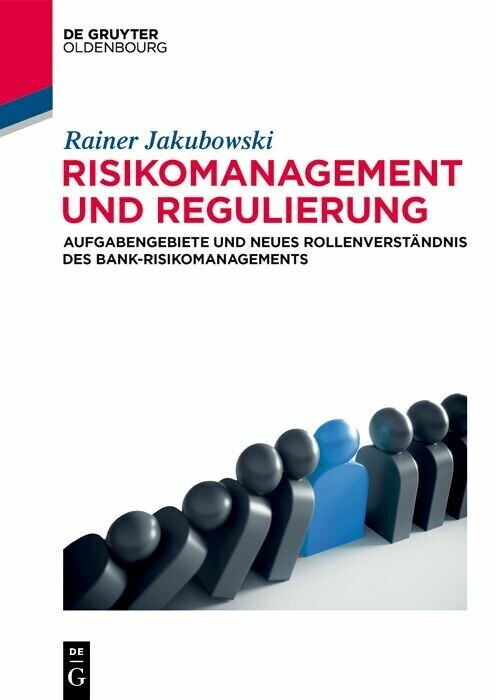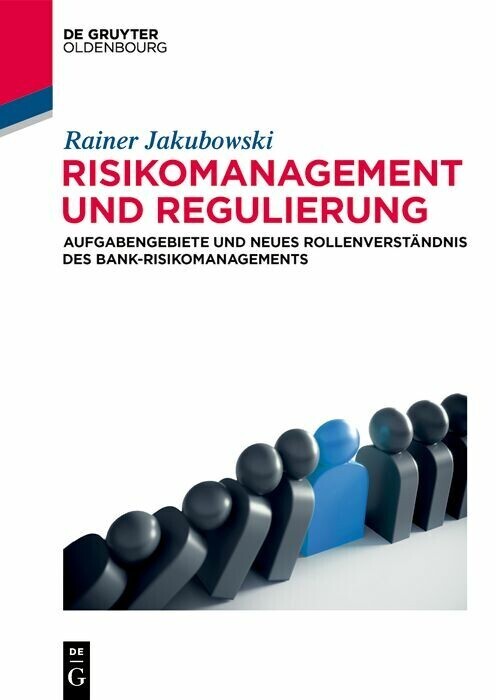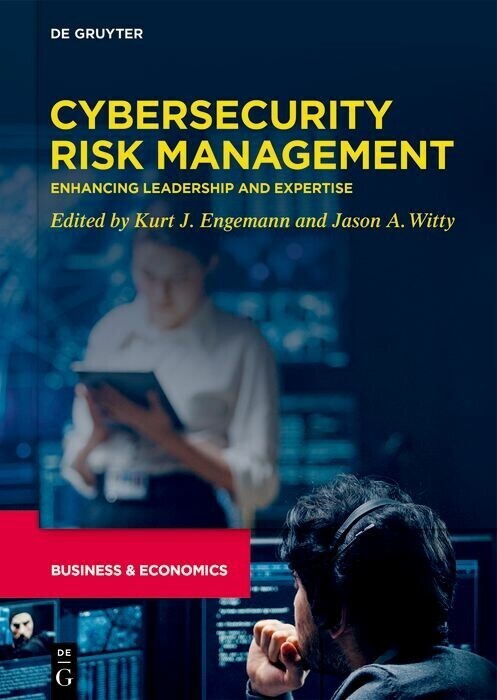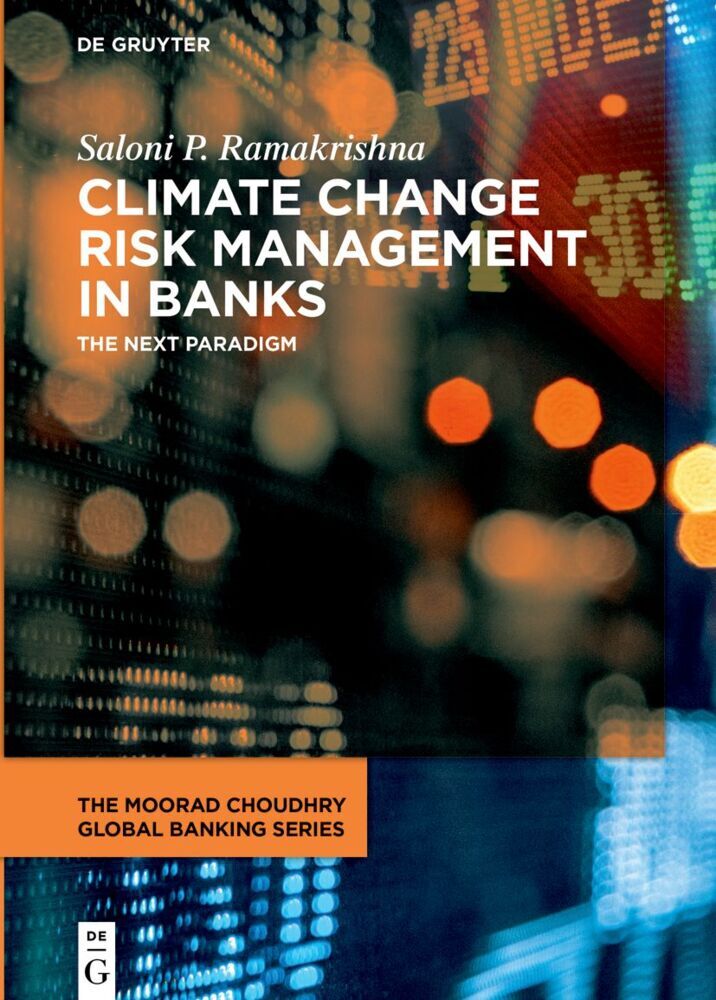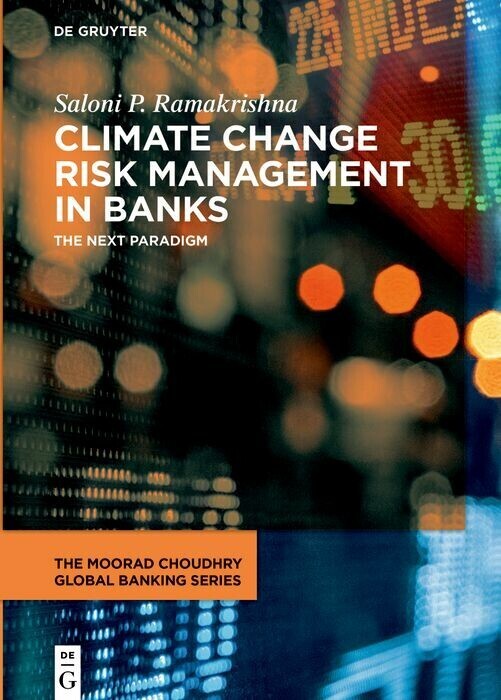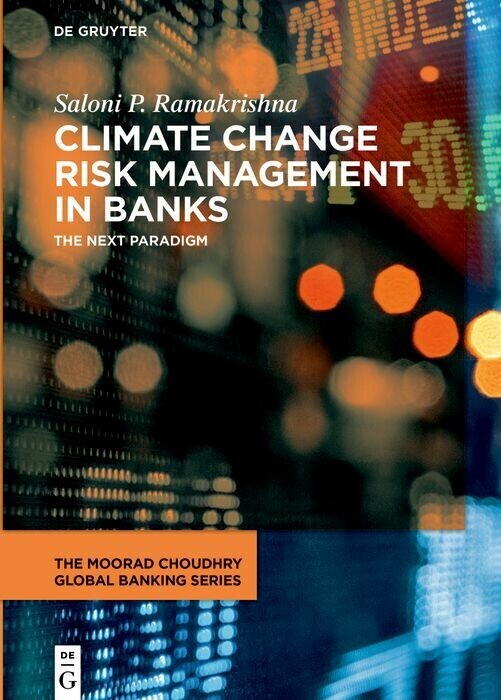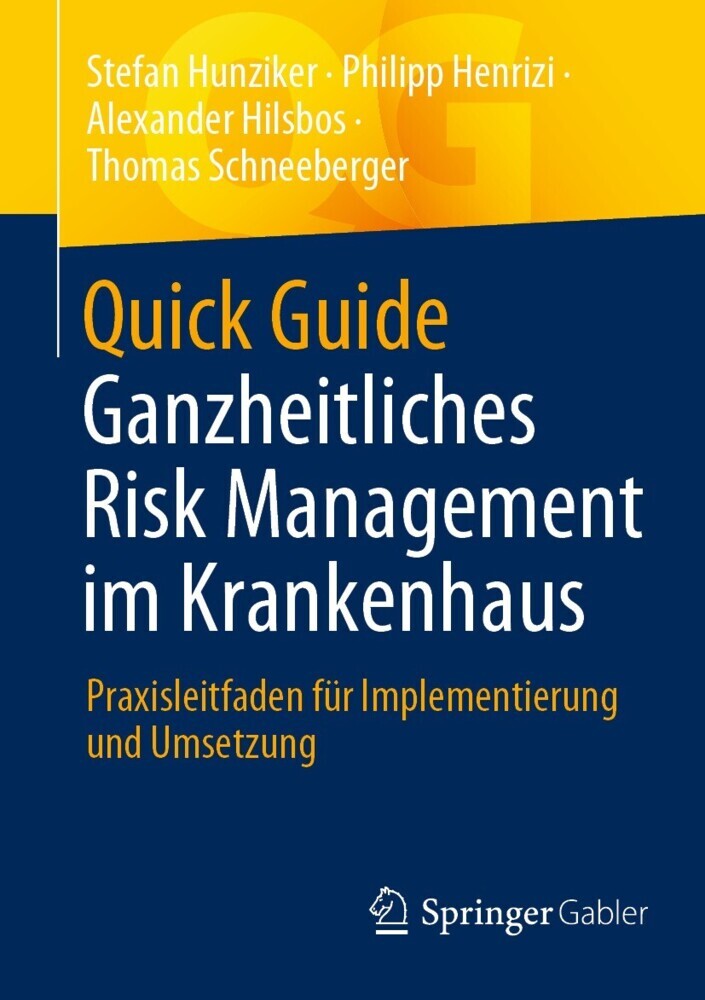The Causal Relationship between the S&P 500 and the VIX Index
Critical Analysis of Financial Market Volatility and Its Predictability
The Causal Relationship between the S&P 500 and the VIX Index
Critical Analysis of Financial Market Volatility and Its Predictability
Florian Auinger highlights the core weaknesses and sources of criticism regarding the VIX Index as an indicator for the future development of financial market volatility. Furthermore, it is proven that there is no statistically significant causal relationship between the VIX and the S&P 500. As a consequence, the forecastability is not given in both directions. Obviously, there must be at least one additional variable that has a strong influence on market volatility such as emotions which, according to financial market experts, are considered to play a more and more important role in investment decisions.
Florian Auinger wrote his master thesis at the University of Applied Sciences in Steyr, Upper Austria and is currently working in the fields of mergers & acquisitions.
Florian Auinger wrote his master thesis at the University of Applied Sciences in Steyr, Upper Austria and is currently working in the fields of mergers & acquisitions.
1;Acknowledgements;6 2;Content;7 3;List of Acronyms and Abbreviations;9 4;List of Figures;10 5;List of Tables;11 6;List of Equations;11 7;1 Introduction;12 7.1;1.1 Problem Statement;13 7.2;1.2 Research Objective;13 7.3;1.3 Research Structure;14 8;2 Methodology;15 8.1;2.1 Research Design;15 8.2;2.2 Literature Review;16 8.3;2.3 Quantitative Research;17 8.3.1;2.3.1 Granger Causality Test Input:;19 8.4;2.4 Qualitative Research;25 9;3 Risk and Emotions;28 10;4 Financial Market Volatility;30 10.1;4.1 Current Trends and Latest News;30 10.2;4.2 Definitions, Sources and Measures of Volatility;32 10.3;4.3 Volatility Characteristics and Stylized Facts;35 10.4;4.4 Predictability of Future Volatility;37 10.5;4.5 Volatility Types;37 10.5.1;4.5.1 Implied Volatility;38 10.5.2;4.5.2 Realized Volatility;40 10.5.3;4.5.3 Stochastic Volatility;40 10.5.4;4.5.4 Comparison of Volatility Types;41 11;5 Behavioural Finance;44 11.1;5.1 Efficient Market Hypothesis and Behavioural Finance: A Description;44 11.2;5.2 Efficient Market Hypothesis: Critique;45 12;6 VIX Index;48 12.1;6.1 An Introduction to the "Investor Fear Gauge";48 12.2;6.2 Applications and Strategies;52 12.3;6.3 Critical Evaluation and Predictive Performance of the VIX;56 12.3.1;6.3.1 Implied Volatility and the Assumption of Constant Volatility;56 12.3.2;6.3.2 Asymmetry of Daily Changes;57 12.3.3;6.3.3 The VIX Index vs. the CSFB Index;58 12.3.4;6.3.4 Performance of a Probabilistic Interpretation;61 12.3.5;6.3.5 VIX Manipulation;62 13;7 Empirical Results;64 13.1;7.1 Quantitative Research;64 13.1.1;7.1.1 Descriptive Analysis;64 13.1.2;7.1.2 Granger Causality Test;68 13.2;7.2 Qualitative Research;71 14;8 Discussion;75 15;9 Conclusion;78 16;Appendix;80 16.1;Source Code of R Module;92 17;10 List of References;96
Auinger, Florian
| ISBN | 9783658089696 |
|---|---|
| Artikelnummer | 9783658089696 |
| Medientyp | E-Book - PDF |
| Auflage | 2. Aufl. |
| Copyrightjahr | 2015 |
| Verlag | Springer Gabler |
| Umfang | 102 Seiten |
| Sprache | Englisch |
| Kopierschutz | Digitales Wasserzeichen |


